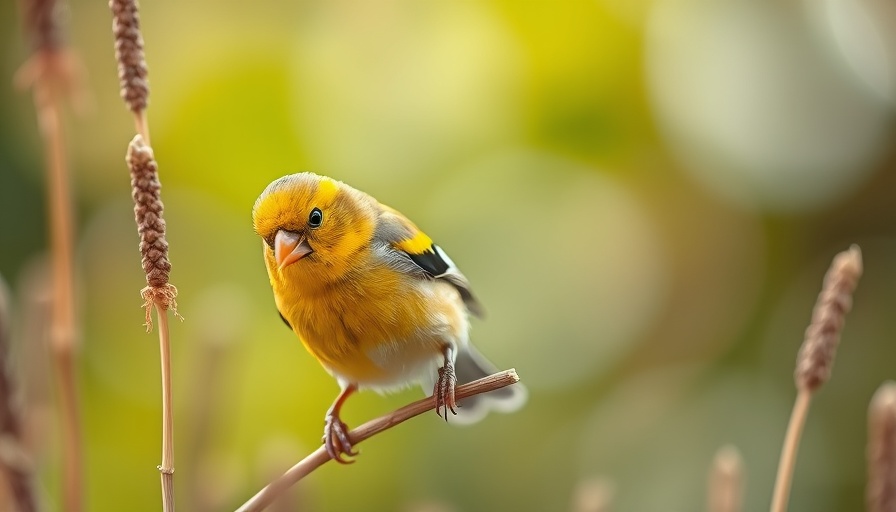
Unlocking the Mystery of Hummingbird Migration in North Carolina
Bird lovers in North Carolina are often enchanted by the fleeting presence of the stunning Ruby-throated Hummingbird, the only species known to breed in the state. Every year, these tiny avian wonders follow a disciplined route marked by their arrival in spring, a bustling summer of reproduction, and a remarkable migration south in the fall. If you’re keen to understand when and why these birds leave North Carolina, you’re not alone.
Understanding Their Patterns: When Do They Depart?
As spring blossoms, Ruby-throated Hummingbirds typically arrive in North Carolina by mid-March, with a peak presence by late April. Their vibrant activity fills gardens, parks, and backyards during the summer months as they feast on nectar-rich flowers and the sugar water in feeders. However, by late August, you might notice a gradual decline in their numbers. Males tend to depart first, with most having left by mid-to-late September, while females and young may linger until October.
The Regulating Factors Behind Their Migration
So, what drives these tiny birds to venture south? Primarily, it's the natural cue of shortening daylight hours that signals to the hummingbirds that it’s time to migrate. As summer fades into fall, the decreasing availability of food resources also plays a role in prompting their departure. Additionally, unexpected weather changes, such as an early cold front, can accelerate their migration.
Keeping Your Feeders Up: A Lifesaver for Late Migrants
One pressing question among bird watchers is when to take down hummingbird feeders. A sensible guideline is to keep the feeders up for two weeks following your last sighting of the birds. This allows late-arriving migrants a crucial stop to refuel on their journey south. Believe it or not, leaving out feeders won't deter Ruby-throats from migrating; their instincts are much stronger than the siren call of food.
Final Thoughts: Embracing the Hummingbird Journey
The yearly cycle of Ruby-throated Hummingbirds offers a remarkable glimpse into nature’s rhythms. Their return each spring brings joy to bird lovers, and understanding their departure provides greater appreciation for their incredible migratory journey. By ensuring your feeders remain available for longer, you create a supportive environment for these captivating creatures.
As the seasons change, let’s celebrate the resilience and beauty of our flying friends. Knowing their behaviors can deepen your connection to nature and enhance your backyard experiences. So, keep your eyes peeled, feeders filled, and enjoy the fascinating world of hummingbirds!
 Add Row
Add Row  Add
Add 




Write A Comment